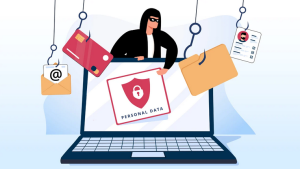 If you’ve ever been hooked by a phishing scam, it’s probably because the scammer was posing as a trusted brand. Only a few worrying words from a service provider or credit card company can provoke you to click.
If you’ve ever been hooked by a phishing scam, it’s probably because the scammer was posing as a trusted brand. Only a few worrying words from a service provider or credit card company can provoke you to click.
Cloudflare has assembled a list of the top 50 most-phished brands. As you’d expect, it includes companies that could cause consumers the most worry about their financial health. Below, we break out the companies that are spoofed the most by category, and we also proide some helpful tips on how to avoid getting phished.
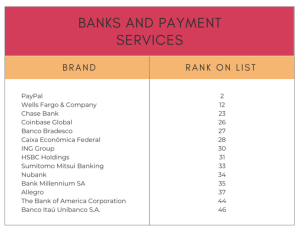
Banks and payment services make up the majority of the list. Receiving an email that you’ve been charged too much on your American Express card or that your bank account has been frozen can result in forgetting everything you know about phishing when you’re panicked. If you see an alert in your email, don’t click on any links: First, visit your bank’s website or app to check your account.
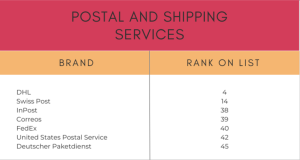
Shipping notifications are among the most-clicked emails, since we all want to know when those packages that we’re eagerly awaiting will arrive. That’s what makes emails such as DHL notifications all the more suspect. If you’ve purchased something, visit the merchant’s site directly for the tracking number and then click on it from there, or look up the shipper’s site and paste the tracking number into its tracker.
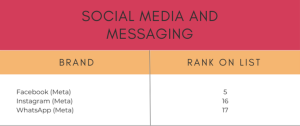
The best place to check up on a social-media notification is on the app or site itself. Whether it’s a message about a frenemy’s posting that you really want to see or a message that you’ve been locked out of your account, you’ll be able to get all the information you need from the site directly.
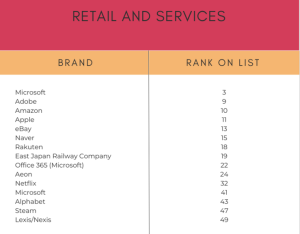
How many times have you received a message about a service you subscribe to being frozen? We’ve lost count. Thinking your purchases might not ship or that you won’t be able to stream your favorite shows can make you forget about whether the message you’ve received is legitimate. Again, visit the site or app directly instead of clicking on a link in a suspicious email, or call contact customer service.
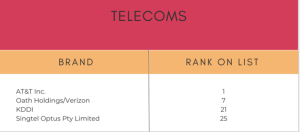
Scammers know how addicted you are to your phone. So it’s an easy call to reel in victims by pretending to be a telecom. If you get a message about one of your accounts, open up a browser window and navigate to your provider directly.
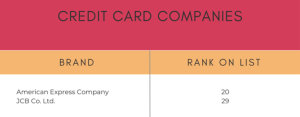
Being liable for fraudulent charges is the fear of everyone with a credit card. So an email that says you’ve used your card when you know you haven’t is going to send you in search of answers. Find them either by logging into your account directly or by calling the customer service number listed on the company’s official website.
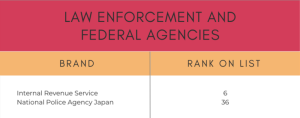
Interpol is probably not looking for you, but an email from a law-enforcement or tax agency might make you paranoid. You can probably safely ignore these. A physical letter would arrive at your address if you truly owed money to the IRS, and if you’re wanted by the law, well—they won’t be using email to find you.
*NOTE: Missing from the above article is #8 Mitsubishi UF J NICOS Co., Ltd. #48 Swisscom AG and #50 Orange S.A.
Get advanced email protection from infected attachments, suspicious links, phishing attempts, and email-based malware. Our newest service will harden your email system and put your organization in the best position to prevent potential threats. For more information contact us at [email protected] or give us a call at 732.780.8615.
Chandra Steele, “Beware Phishy Emails: These Are the 50 Most Frequently Spoofed Brands”, pcmag.com, March 15, 2023
